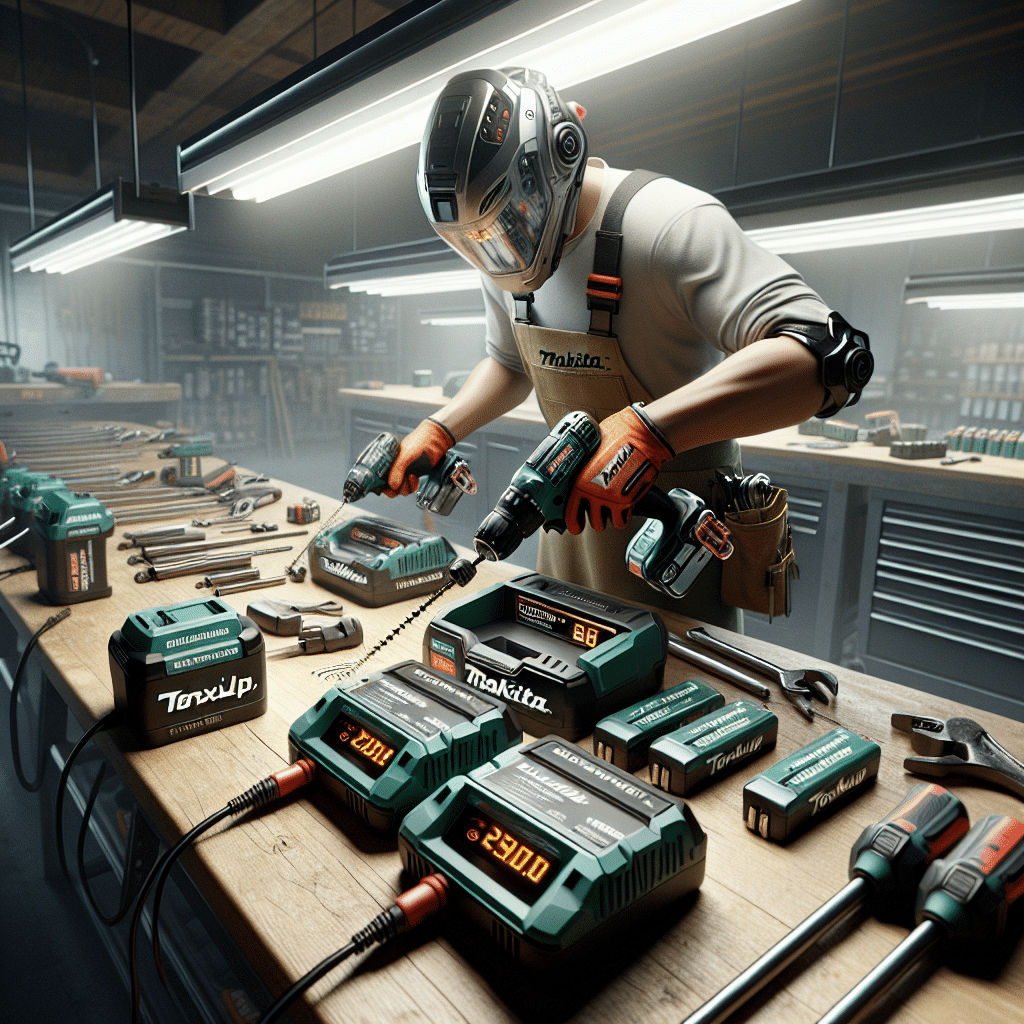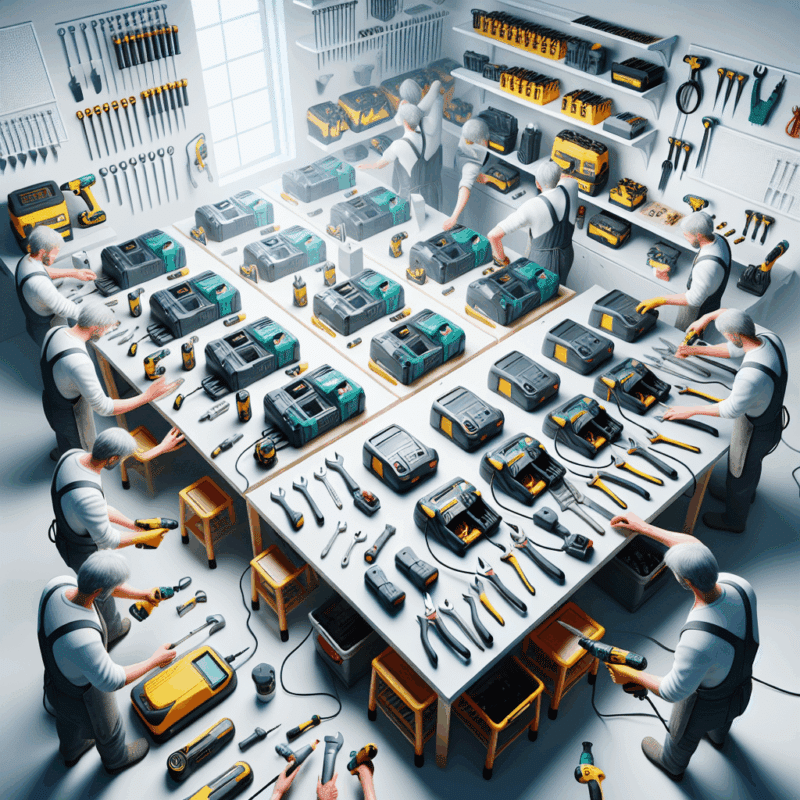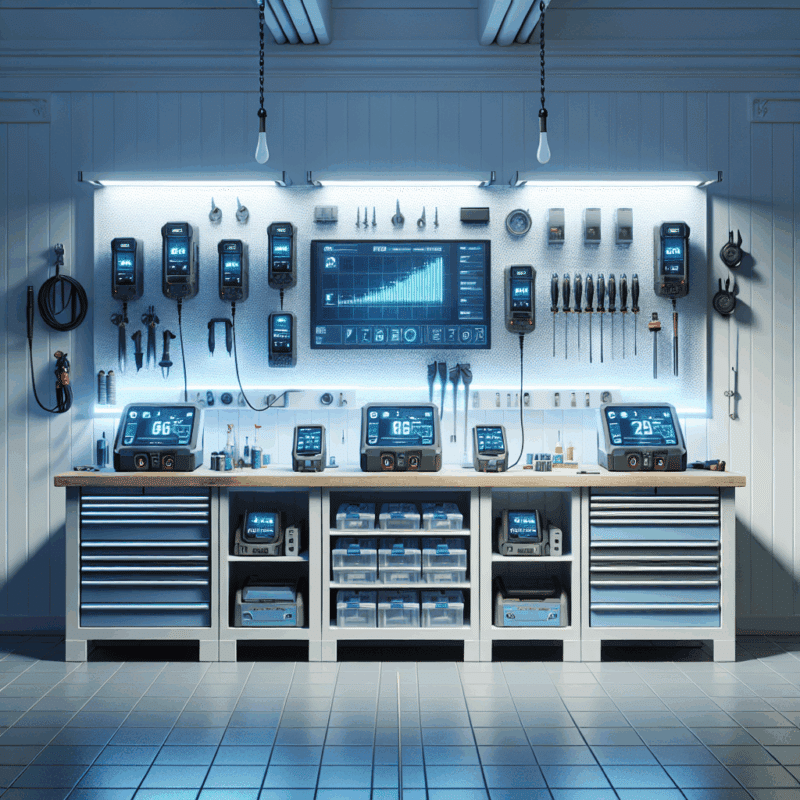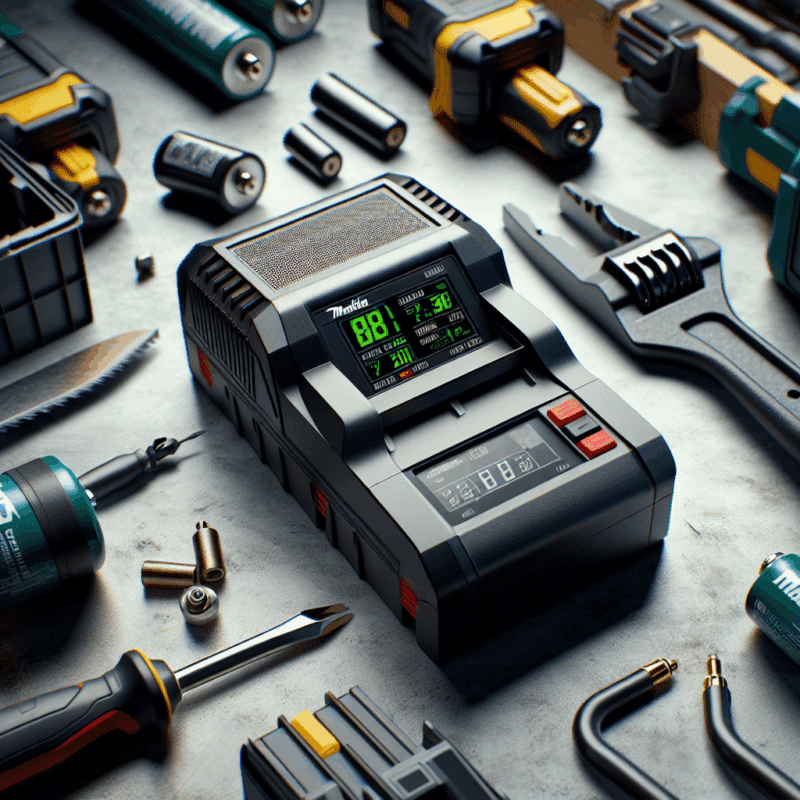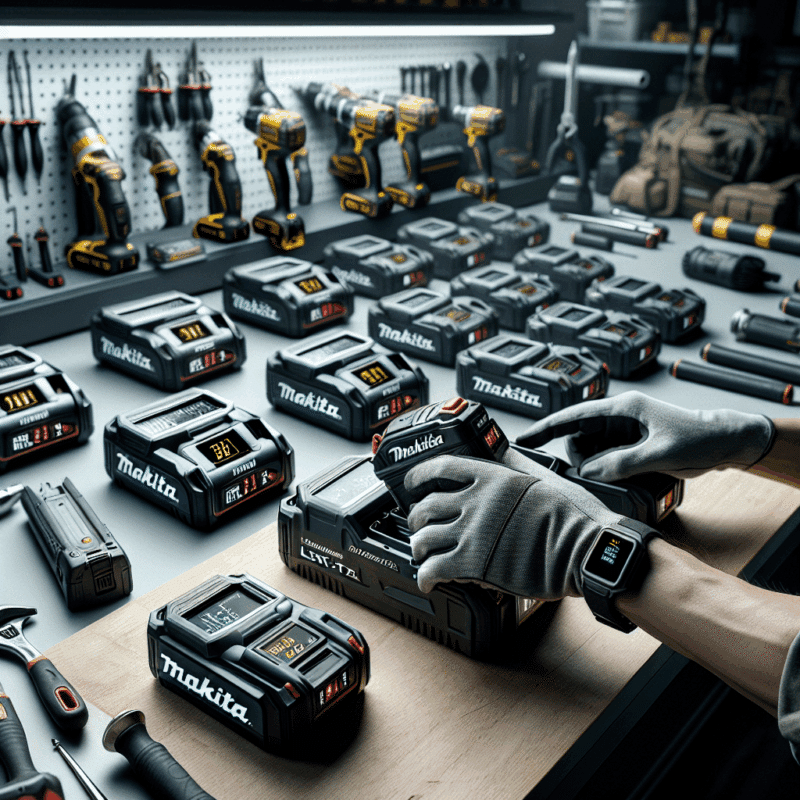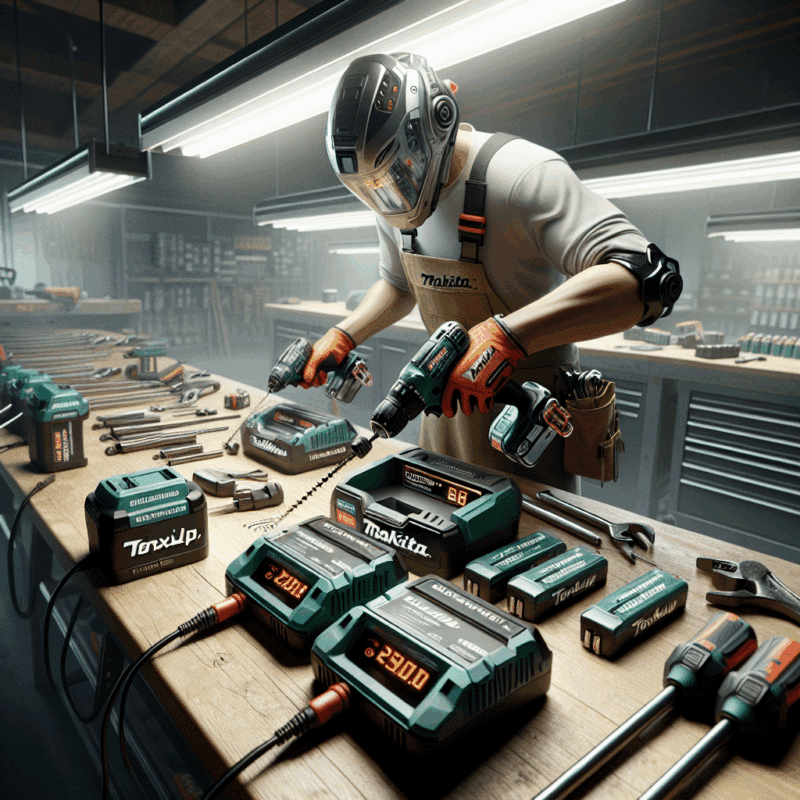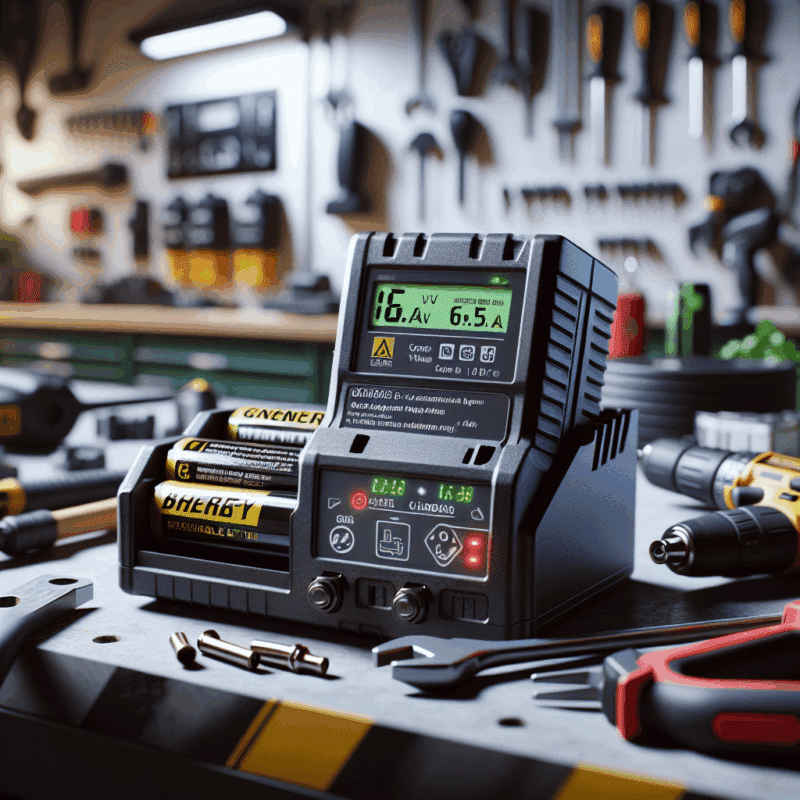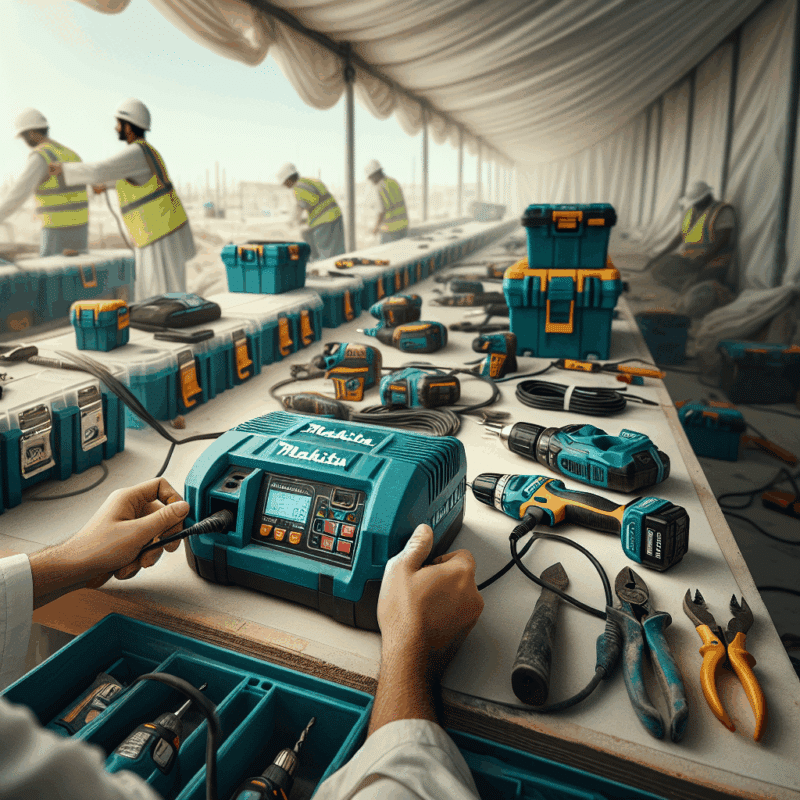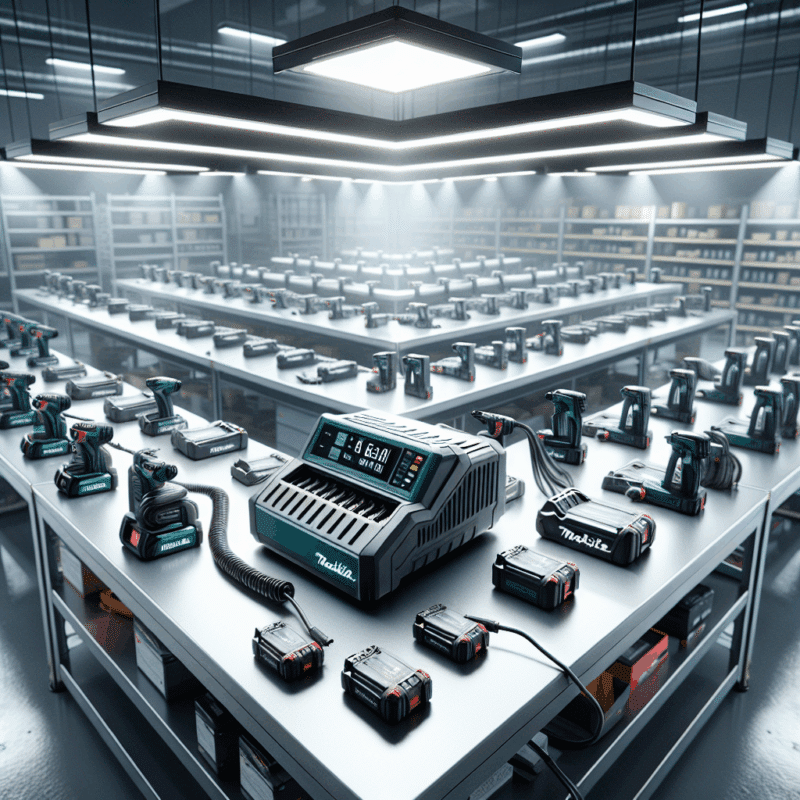How Rapid Charger Adoption Drives Down Total Tooling Costs
In This Article
- Rapid chargers slash tool downtime, improving workflow efficiency.
- Less battery heat equals extended tool and battery lifespan.
- Makita-compatible chargers ensure warranty safety and performance.
- Battery rotation and storage habits have a huge impact on cost savings.
- Real-time data helps monitor and optimise tool availability.
- Once fully adopted, fast charging reduces tooling cost by up to 25% annually.
Understanding Modern Tooling Costs
Why Operational Efficiency Matters
In today’s construction environment, businesses are under constant pressure to streamline expenses and maximise equipment lifespan. A significant contributor to rising operating costs is inefficient battery management and extended downtime. It’s no surprise, then, that many businesses are laser-focused on strategies to reduce tooling costs while sustaining performance. Tooling costs go beyond the price tag of the initial purchase. They also include power usage, battery replacement rates, unplanned downtime, and time spent locating or rotating tools between charges.

The Power of Rapid Charging Technology
Adoption Trends in Professional Workshops
Rapid charging systems are transforming how professionals manage battery-powered tools. Unlike traditional chargers, which can take several hours to fully recharge lithium-ion batteries, rapid chargers can power a tool from dead to usable within minutes. This shift is not merely about saving time—it also helps reduce tooling costs over time. When fewer batteries are needed to keep a workflow moving, resources are conserved. These systems are becoming more common in workshops as tradespeople realise the compound benefits: quicker turnaround, lower overheads, and better scheduling.
Battery Downtime: The Hidden Cost of Inefficient Charging
How Lost Minutes Add Up to Lost Money
Every minute a power tool sits idle because its battery is charging equates to a potential loss in productivity. Multiply that idle time across a crew and a full week’s schedule, and it becomes clear that traditional charging methods cost more than anticipated. This is one of the less obvious, yet significant, areas where professionals can reduce tooling costs. Charging delays create bottlenecks that impact delivery timelines—a problem especially acute in sectors such as electrical installation and HVAC maintenance. Adopting a smarter, faster charging regimen means fewer productivity dips and lower man-hour waste.
Real ROI from Fast Charging Systems
What the Data Tells Us
According to industry analytics, teams that integrate fast-charging systems experience more than a 20% saving in cumulative tooling costs in the first year alone. These savings emerge from reduced battery replacements, extended tool life, and fewer duplicate tools purchased for redundancy. When mapped against the overall budget, even small efficiency gains have a ripple impact. Forward-thinking contractors realise that by investing in pro-grade chargers designed for high throughput, they can significantly reduce tooling costs and stabilise tool fleet management. Real-world case studies—such as those found in Learn more about Optimising tool costs for professional trade and construction—demonstrate clear upward trends in ROI when making the switch.
Tool Lifespan Extension Through Smart Charging
Less Heat, Longer Life
One critical advantage of intelligent charging technologies is heat management. Excessive battery heat during charging cycles can degrade lithium-ion cells, leading to premature battery failure. This directly affects a tool’s lifespan and undermines long-term investment. Fast chargers optimised for thermal regulation prevent overheating, which in turn supports better voltage retention and cell equilibrium. These features, standard in newer Makita-compatible chargers, allow professionals to reduce tooling costs by maintaining optimal battery health. It’s not just about speed; it’s also about sustaining the integrity of your equipment for many more cycles to come.
Worksite Gains: Crew Productivity & Time Saved
Reducing Idle Time with Smarter Battery Management
Fast charging does more than improve recharging times—it transforms workforce dynamics. Crews spend less time swapping out spare batteries, tracking multiple charging units, or waiting idly for battery packs to recharge. Efficient worksite planning incorporates portable or wall-mounted rapid charging stations. These reduce tool downtime and ensure every worker has a ready-to-go unit. Keep in mind that reduced idle time translates directly into higher active work output, which helps contractors deliver milestones faster while using fewer resources—a true win-win in the push to reduce tooling costs.
Makita-Compatible Charging Innovations
Why Compatibility Matters for Longevity and Warranty
Compatibility is often overlooked when upgrading charging systems, yet it plays a vital role in maximising savings and protecting warranties. Chargers designed specifically to meet Makita specifications ensure optimal power delivery, safe operation, and advanced diagnostic features. Avoiding generic third-party chargers that can compromise battery balance will undoubtedly reduce tooling costs in the long run. Furthermore, maintaining brand-aligned accessories protects your overall warranty, making any future repair or replacement claims smoother and less costly. Trusted suppliers like Complete guide to reducing tooling expenses often feature verified compatible options that safeguard your investment while boosting efficiency.
Cost-Benefit Chart: Traditional vs Rapid Charging
Breaking Down Yearly Tooling Spend
Let’s examine a typical worksite toolkit setup. A team may use ten tools, cycling through three batteries each daily. With traditional charging, the team might require up to 30 batteries to maintain a steady workflow without delay. By switching to compatible fast chargers, the same team can cut down to 15–18 batteries whilst maintaining (or even increasing) efficiency. That difference alone represents a capital saving of hundreds—if not thousands—of pounds annually. Combine those savings with reduced electricity use and smaller charging station footprints, and the financial justification becomes indisputable. These charts, found in Read a related article, clearly outline year-on-year cost advantages and prove how to reduce tooling costs systematically over time.
Tips for Smarter Battery Charging on Site
Simple Habits to Cut Costs
Adopting smarter charging habits doesn’t always require new equipment. Daily routines can be optimised to preserve battery life and reduce tooling costs. For instance, charging batteries before they are fully depleted reduces stress on lithium cells. Storing packs in a temperature-controlled environment further prevents thermal degradation. Scheduling charging breaks, instead of one massive overnight session, helps manage fleet load and improve charger life expectancy. It’s also beneficial to label and rotate batteries to ensure even usage. These basic adjustments, while small individually, amount to significant savings across large teams or multiple sites.
Installer Advice: Choosing the Right Rapid Charger
Features You Shouldn’t Overlook
Not all chargers are created equal. When evaluating fast-charging units, prioritise features such as active cooling systems, multi-bay availability, status indicator LEDs, and compatibility assurances. The most effective models provide built-in safety protocols like overcurrent protection and cell balancing. Also, look for chargers that integrate with fleet management apps, as these give supervisors real-time insights into charging status and tool readiness. Investing in a smart charger is not just about speed but also about long-term efficiency and risk reduction. Numerous reviews on platforms like How automation drives down operational costs highlight which models perform consistently under professional demands—helping you reduce tooling costs wisely.
“Switching to intelligent rapid chargers saved us over £8,000 in tooling costs in the first year alone. Nothing short of transformational.” – Gareth T., Site Manager
Summary: Charger Upgrades That Pay for Themselves
Reducing tooling costs isn’t just about watching the bottom line—it’s about maximising efficiency, extending tool life, and creating a more agile worksite. By shifting to rapid charging systems and embracing smarter power habits, contractors can drastically improve crew uptime, reduce equipment fatigue, and streamline logistics. The investment in quality, compatible charging gear more than pays for itself through fewer battery purchases, lower downtime, and longer-lasting tools. From engineers to electricians, professionals across the board are finding that fast charging isn’t a luxury—it’s a necessity in staying competitive. Take the time to audit your current setup and adopt proven strategies to reduce tooling costs today.
Great guide on reduce-tooling-costs-faster-charger-adoption – Community Feedback
How does adopting rapid chargers reduce tooling costs?
Rapid chargers minimise downtime and extend battery lifespan, leading to fewer replacements and less operational overhead. This streamlines workflows, helps avoid costly tool idling, and ultimately reduces total tooling expenditure.
What are the best practices for maximising the ROI of fast charging?
Choose high-quality rapid chargers with smart technology, schedule battery charging strategically, and maintain batteries at optimal temperatures to prolong their lifespan and improve workflow efficiency.
Can fast charging damage Makita batteries or tools?
Modern rapid chargers with advanced protection features are designed to safely fast-charge without harming Makita batteries or tools, provided they are compatible and used according to manufacturer guidance.

